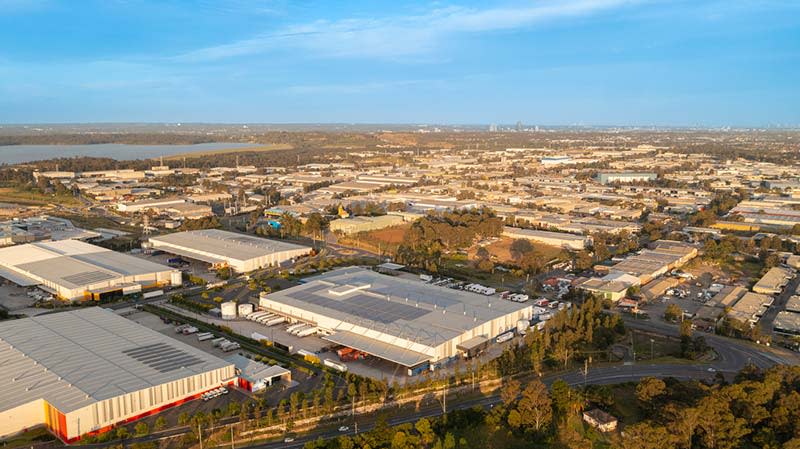US Property Playbook Can Work Down Under

As North American real estate markets pivot, Australian may be able to learn a thing or two from the US and Canada to help reshape our own property market.
From private capital stepping into funding gaps to AI reshaping how we build, PwC and the Urban Land Institute’s (ULI) real estate playbook for 2025 can easily be applied to an Australian context.
The Emerging Trends in Real Estate 2025 United States, Canada report offers analysis of the real estate market’s current state and prospects across North America.
The report highlights significant challenges faced by the industry in 2024, including reduced credit availability, heightened geopolitical risks, and persistently high interest rates.
Sound familiar?
Despite the hurdles, the report identifies opportunities for investors willing to engage in creative financing, form new partnerships, and explore alternative real estate assets.
The report highlights a growing divide in capital availability, with large investors still able to secure loans under stricter scrutiny, while smaller companies face higher constraints.
Private investors, including family offices and high-net-worth individuals, are stepping in to fill financing gaps, often through strategic partnerships.
This trend is evident in the condominium markets of major cities such as Toronto and Vancouver, where high construction costs and interest rates have led to a significant inventory of unsold units, although strong population growth suggests potential recovery in these markets.
The report highlights the importance of niche assets such as data centres and cold-storage facilities, driven by technological advancements and changing consumer trends.
Housing affordability remains a critical issue, with new policies aimed at increasing supply in the face of significant challenges.
The industry is exploring innovations like modular housing and generative AI to enhance productivity and address affordability concerns.
While the report focuses on the US and Canada, several parallels can be drawn in an Australian context.

Like our northern compatriots, Australia faces real estate challenges, including housing affordability, high construction costs, and the need for innovative financing solutions.
The Australian real estate market has also been hit by high interest rates and economic uncertainties, which have influenced investor sentiment and market dynamics.
The cautious optimism and gradual recovery in the industry are also relevant to the Australian market.
One key takeaway for Australia is the potential for private investors to play a more significant role in filling financing gaps, particularly in the residential sector.
As seen in North America, family businesses and high-net-worth individuals can provide much-needed capital for projects that face traditional financing challenges.
The report also suggests alternative financing options such green bonds, real estate investment trusts (REITs), crowdfunding platforms, mezzanine finance, tranche credit, and subordinate debt to reduce reliance on traditional bank loans.
It highlights a need for implementing zoning reforms, tax incentives, and low-interest loans to increase housing supply and affordability.
The focus on niche assets in the North American market also applies to Australia.
The growing demand for data centres, driven by the rise of digital technologies and cloud services, is a global trend.
So too the need for cold-storage facilities to support online grocery businesses and food distribution.

The report suggests we should move on from constant talk and start walking the walk on modular housing and generative AI as solutions to enhance productivity, address affordability concerns and increase supply.
The potential for a supply glut in high-growth areas and the importance of job growth, demographics, and immigration in sustaining demand apply to the Australian context, particularly in major cities experiencing rapid population growth.
The impact of climate change on real estate, including higher insurance costs and the need for incorporating climate risk into decision-making, is highly relevant to Australia, given its susceptibility to extreme weather events like bushfires and flooding.
PwC US real estate partner Andrew Alperstein said these “challenges persist across the real estate sector, but there are signs of improvement after years of hardship”.
ULI Global CEO Angela Cain said that the lower interest rates expected in 2025 “will reduce borrowing costs, aid in price discovery, and ultimately encourage an uptick in CRE transactions”.
“Sentiment is improving, although largely still erring on the side of caution,” said Cain, “but we’re glad to see the early signs of capital markets poised for recovery, as firms look to longer-term strong fundamentals and adjust their strategy by market and property type.”














